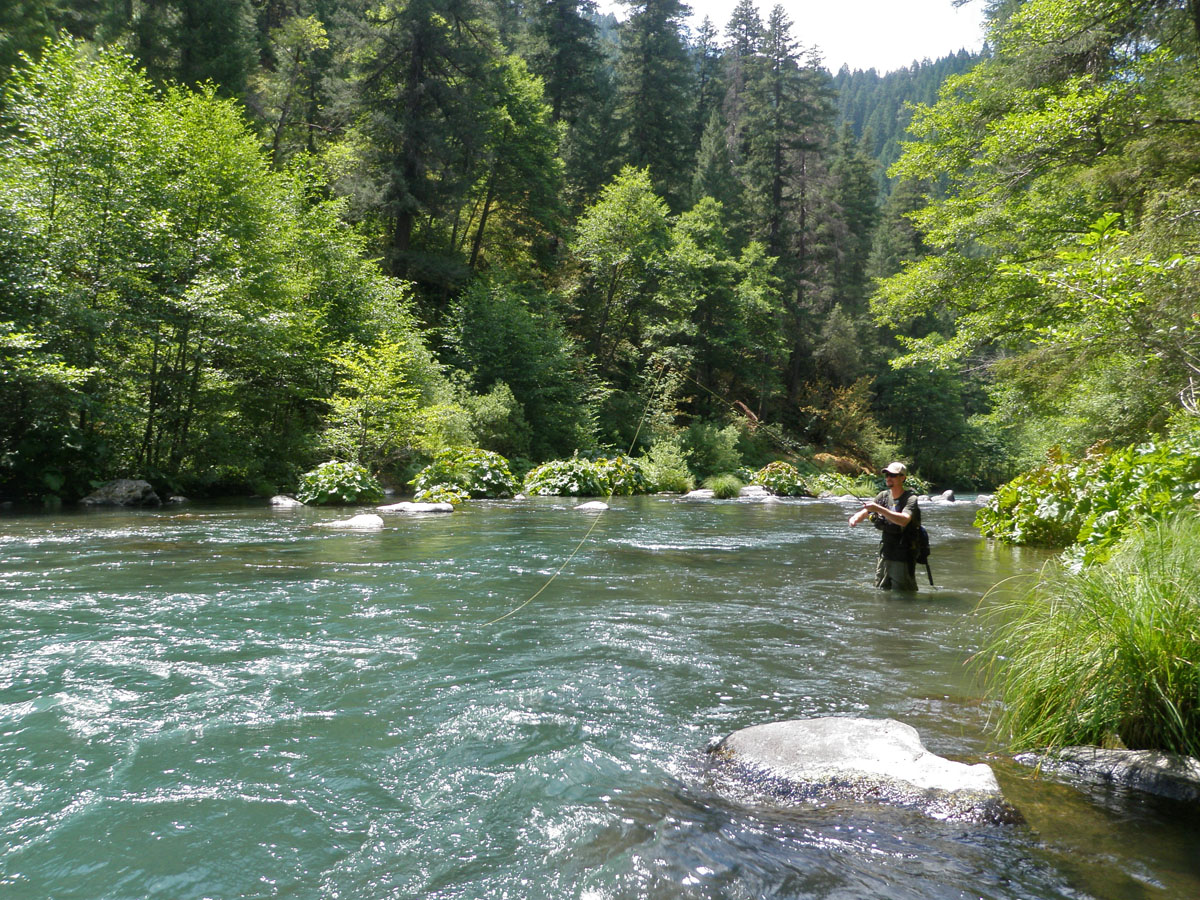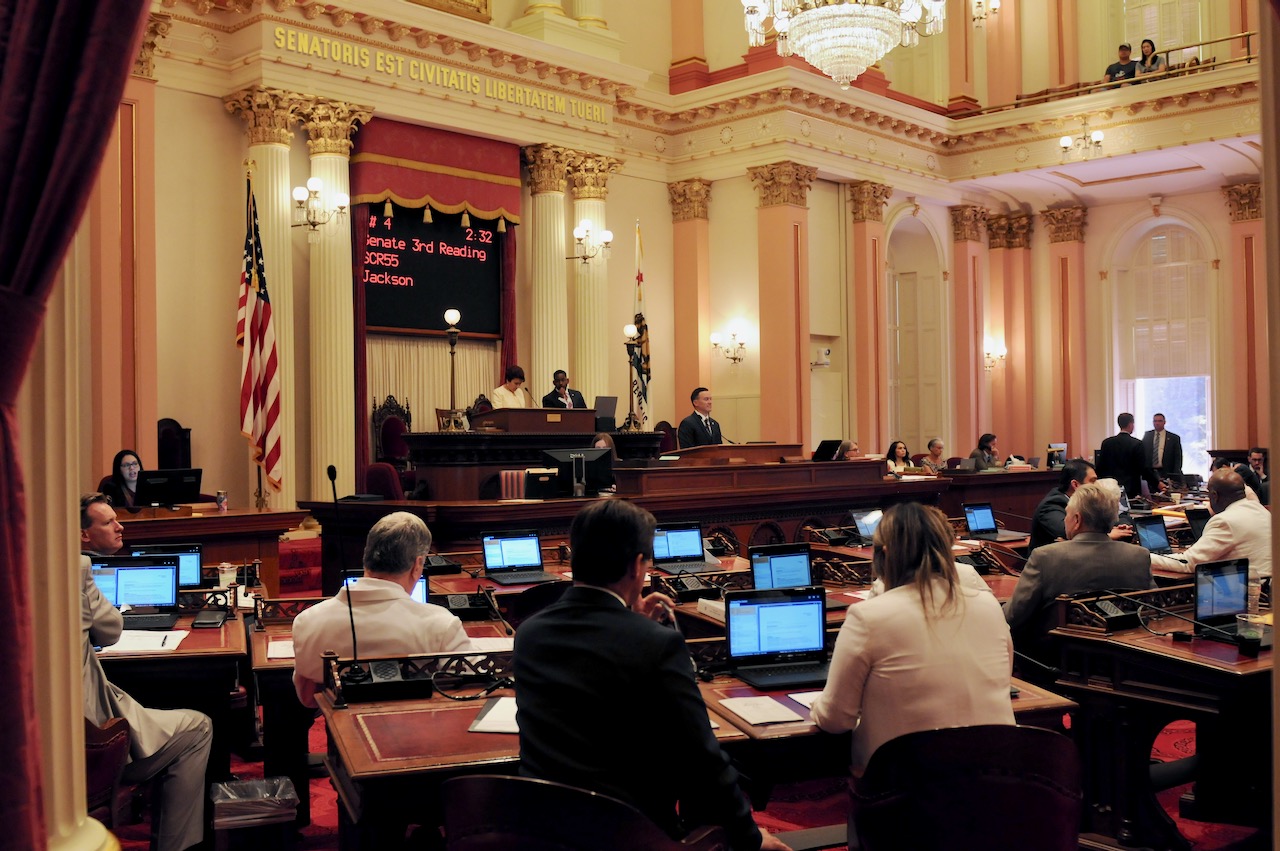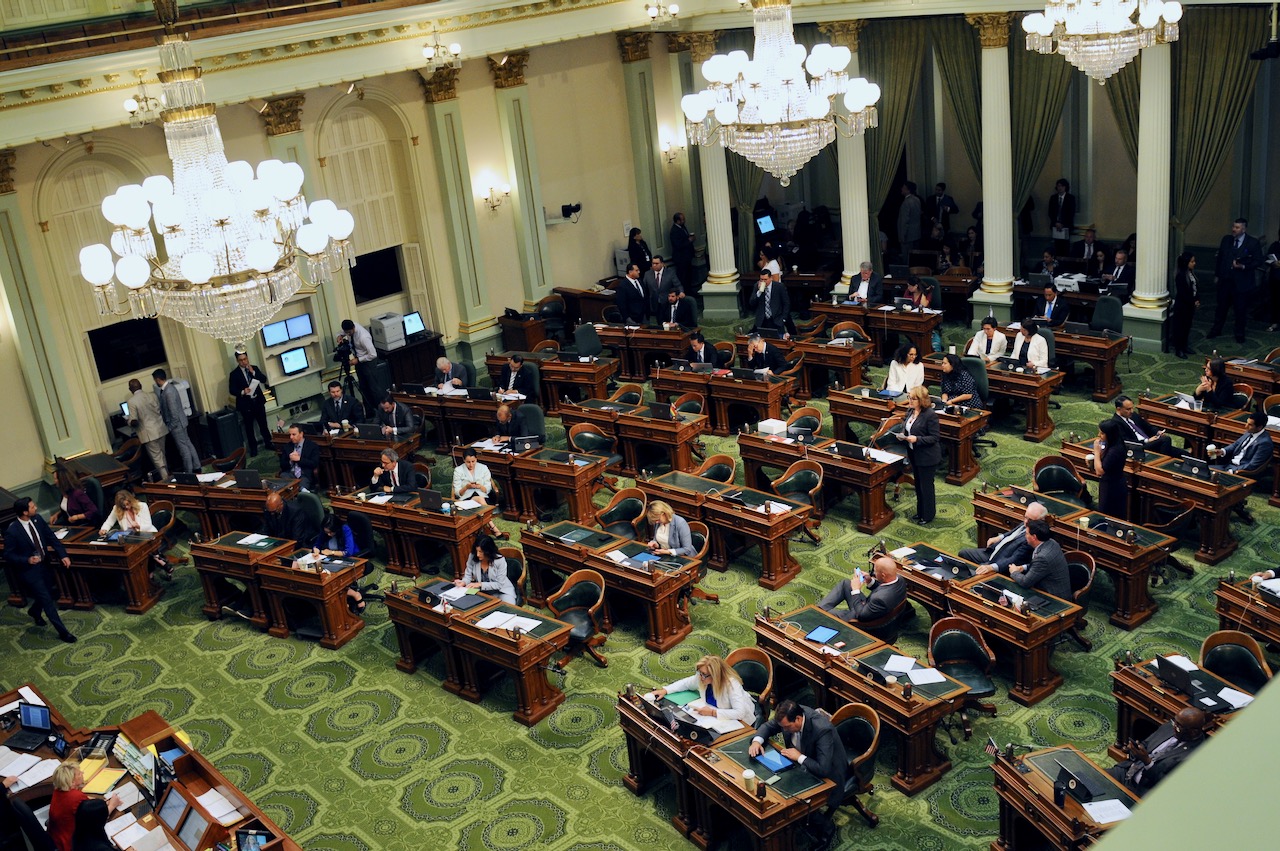
California State Capitol. (Photo: Kevin Sanders for California Globe)
California Marine Life Protection Act
The Ocean Protection Council assumed responsibility for the direction of policy of marine protected areas
By Chris Micheli, August 10, 2022 4:18 pm
California has a number of formal acts in statute. Fish and Game Code Division 3, Chapter 10.5 provides the Marine Life Protection Act, which is contained in Section 2850 to 2863. Chapter 10.5 was added in 1999 by Chapter 1015. Section 2850 names the Act.
Section 2850.5 provides that, commencing on July 1, 2013, the Ocean Protection Council assumed responsibility for the direction of policy of marine protected areas (MPAs).
Section 2851 provides eight legislative findings and declarations, including that California’s marine protected areas were established on a piecemeal basis rather than according to a coherent plan and sound scientific guidelines. In addition, it is necessary to modify the existing collection of MPAs to ensure that they are designed and managed according to clear, conservation-based goals and guidelines that take full advantage of the multiple benefits that can be derived from the establishment of marine life reserves.
Section 2852 provides definitions for the following terms: “adaptive management”; “biogeographical regions”; “marine protected area”; and, “marine life reserve.”
Section 2853 provides that the Legislature finds and declares that there is a need to reexamine and redesign California’s MPA system to increase its coherence and its effectiveness at protecting the state’s marine life, habitat, and ecosystems. To improve the design and management of that system, the commission is required to adopt a Marine Life Protection Program, which has six specified goals. In addition, the program may include areas with various levels of protection, which must include give specified elements.
Section 2854 requires the workgroup, after appropriate consultation with members of the public, to determine future actions for implementing the recommendations of its final report. Section 2855 requires the commission to adopt a master plan that guides the adoption and implementation of the Marine Life Protection Program adopted and decisions regarding the siting of new MPAs and major modifications of existing MPAs. The plan must be based on the best readily available science.
Section 2856 requires the department and team to use the best readily available scientific information in preparing the master plan, and must organize the location-specific contents, where feasible, by biogeographical region. In preparing the plan, the department and team are required to use and build upon the findings of the Sea Grant survey of protected areas in California waters, which is entitled “California’s Marine Protected Areas,” the report of the State Interagency Marine Managed Areas Workgroup, the Department of Parks and Recreation’s planning information and documents regarding existing and potential underwater parks and reserves, maps and other information from the department’s marine nearshore ecosystem mapping project, and other relevant planning and scientific materials.
In addition, the master plan must include eleven components. The team must, as necessary, identify and define additional appropriate components of the master plan as soon as possible after enactment of this section.
Section 2857 requires the department to convene, in each biogeographical region and to the extent practicable near major working harbors, siting workshops, composed of interested parties, to review the alternatives for MPA networks and to provide advice on a preferred siting alternative. The department and team must develop a preferred siting alternative that incorporates information and views provided by people who live in the area and other interested parties, including economic information, to the extent possible while maintaining consistency with the goals and guidelines in existing law.
Section 2858 requires the department to establish a process for external peer review of the scientific basis for the master plan prepared. The peer review process may be based, to the extent practicable, on the peer review process.
Section 2859 requires the department to submit to the commission a draft of the master plan prepared pursuant to this chapter. Section 2860 provides the commission may regulate commercial and recreational fishing and any other taking of marine species in MPAs.
The taking of a marine species in a marine life reserve is prohibited for any purpose, including recreational and commercial fishing, except that the commission may authorize the taking of a marine species for scientific purposes, consistent with the purposes of this chapter, under a scientific collecting permit issued by the department.
Section 2861 requires the commission to annually, until the master plan is adopted and thereafter at least every three years, receive, consider, and promptly act upon petitions from any interested party, to add, delete, or modify MPAs, favoring those petitions that are compatible with the goals and guidelines of this chapter.
Section 2862 requires the department, in evaluating proposed projects with potential adverse impacts on marine life and habitat in MPAs, to highlight those impacts in its analysis and comments related to the project and recommend measures to avoid or fully mitigate any impacts that are inconsistent with the goals and guidelines of this chapter or the objectives of the MPA.
Section 2863 requires the department to confer as necessary with the United States Navy regarding issues related to its activities.
- Wage Garnishment in California - December 29, 2025
- Adoption of Unmarried Minors - December 28, 2025
- Bonds and Undertakings - December 28, 2025





2 thoughts on “California Marine Life Protection Act”